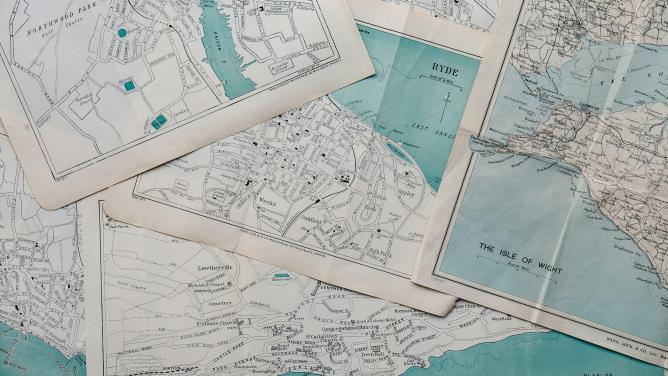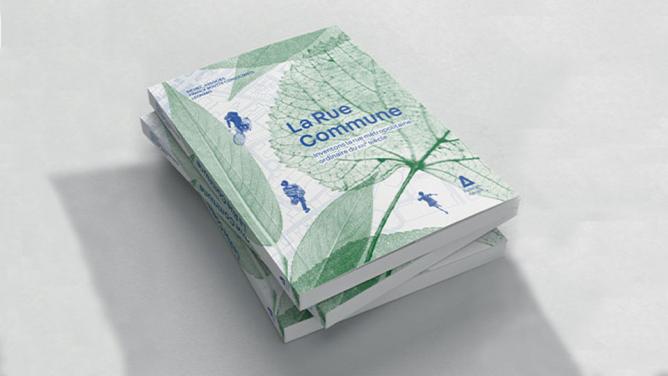BIM has now reached a deployment phase that confronts the construction site reality with the promise of efficiency and performance fantasies often hinged on digital modeling technology applied to construction. During the construction phase, digital modeling is spectacularly making a name for itself for what it brings to complex construction sites. However, the use of technology generally comes at a cost. So much so, the gains it generates could initially boil down to optimized building management in the long run, coming at a time when building energy and environmental performance requirements are on the increase. This should pave the way for a wider uptake of BOS, an extended version of BIM dedicated to the operational phase of a building and capable of optimizing energy and materials management. This could lead the sector to make use of real digital twins, reflecting the construction reality throughout the entire building life-cycle. In the A-Side of this newsletter, the article “Environmental impact from design to operation, the real challenge of the digital twin” details this possibility, and Caroline Reminy, Director of BIM engineering, VINCI Construction France, also gives her analysis.
Building and urban digital twins are sometimes considered as the new OS of the urban fabric – all they need now is their own app “store” to open wide the floodgates of innovation. Except that in reality, both building use and urbanites aren’t necessarily waiting for a highly digitized urban landscape offering a wide range of services that are often perceived as unnecessary gadgets. If digital twins want to be smart, they must focus on certain functions that are proven useful – like less polluting, more accessible mobility, for example. The article “When smart buildings lead to smart cities” highlights the possible meeting points between BIM and smart cities.
Urban planners, architects, engineers, specialists in digital modeling tech dedicated to construction and geographic information systems, and construction tech experts are driving forward the possible uses of digital models. Gauge the pulse of this growing field with our selection of studies, ideas, and initiatives!
# State of the art
> Digital Twin for Construction
The Standford Center for Integrated Facility Engineering has developed analysis and ideas to help translate the industry’s concept of a digital twin into the construction industry.
> The Development of Digital Twin Technology Review
Review by Chinese experts published for the Chinese Automation Congress
> Notre-Dame ‘reborn’ with Autodesk digital twin technology
Shines the spotlight on the digital mockup developed to help the Notre Dame restoration project.
# New horizons
> BiM World 2021
The French BIM World fair is looking to the climate transition, doubling up this year with its sister event, Low-Carbon World BIM.
> How digital twins will troubleshoot – and even help design – the buildings of the future
Prop tech: What is a digital twin in construction?
> A biased, yet enlightening view from digital twin specialists Imerso, looking at digital twin’s construction industry potential
> Construction industrialization
Report by Bernard Michel and Robin Rivaton, looking at the industrial transformation of on- and off-site construction.
Ministère de la transition écologique et solidaire
# BIM, digital twins & Smart Cities
> Smart city: a different way of viewing and designing modern cities
Analysis from urban planner Jean-Marc Offner, published in Quaderni journal, highlighting how connections between buildings and traffic are once again becoming key issues for governing authorities as a result of digital technology.
> One of Rio’s biggest favelas has got its own digital map.
The Brazilian city sees this tech as a way of helping residents connect to services they need.
> How smart cities are taking advantage of digital twins.
> Connected cities: see the first digital twins!
> Can Building “Artificially Intelligent Cities” Safeguard Humanity from Natural Disasters, Pandemics, and Other Catastrophes? An Urban Scholar’s Perspective
A critical review by an international team of urban planners (Australia, Spain, Malaysia, Japan, Saudi Arabia).
> White Paper: Edge computing and AI – the foundations of the best in class smart city
> Opinion: Cities on the frontline and lessons for a resilient recovery
Lessons learned by Lauren Sorkin, Executive Director of Resilient Cities Network, and Francis Ghesquiere, Practice Manager at Banque Mondiale.
> In Pennsylvania, delivery robots get legal rights as pedestrians
> A State-of-the-Art Review on the Integration of Building Information Modeling (BIM) and Geographic Information System (GIS)
International Journal of Geo-Information
> Digital Twin and CyberGIS for Improving Connectivity and Measuring the Impact of Infrastructure Construction Planning in Smart Cities
International Journal of Geo-Information
> Planning utility infrastructure requirements for smart cities using the integration between BIM and GIS
Sustainable Cities and Society
#Already on our radar
Automatic Layout scan with AI [Sept. 2020]
Building Beyond, Day 9 – Changing landscapes and industries with digital (in french) [Oct. 2020]
Mirrorworld: digitizing the world? [Oct. 2019]
A day in the life of a BIM manager [Oct. 2019]
From BIM to BOS: digital transformation of construction is on its way [Sept. 2018]
Unlocking BIM-FM’s potential [Nov. 2017]


